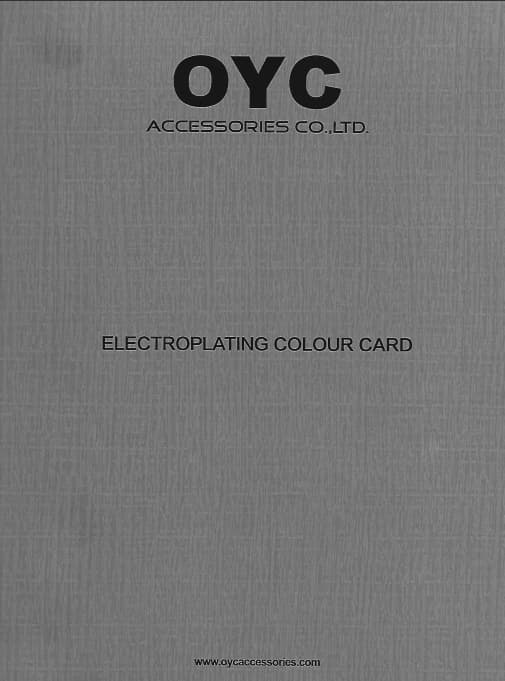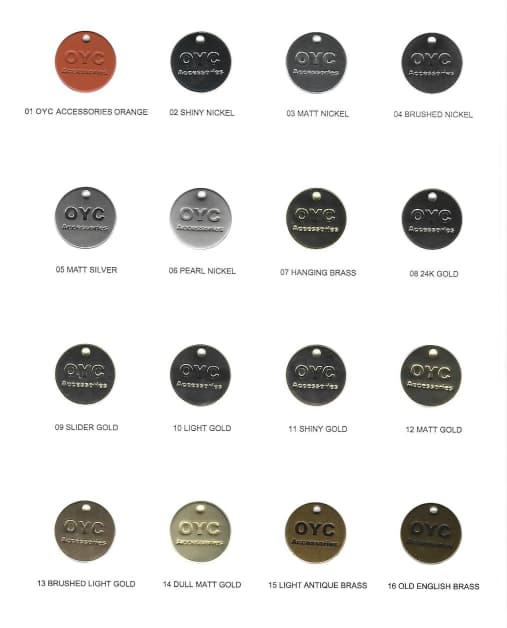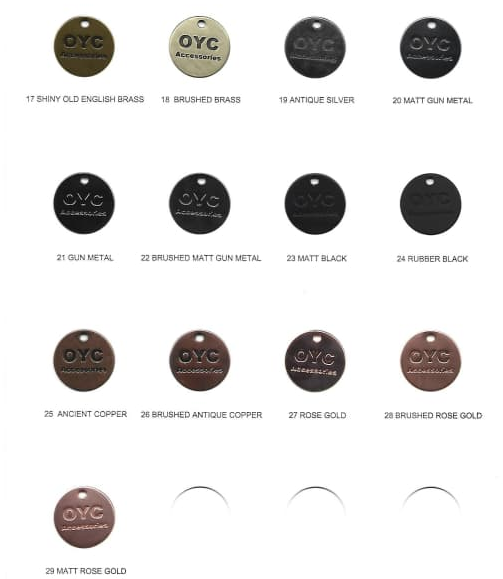Difference between electrophoretic paint and regular paint of brand tag-A
Brand tag electrophoresis paint and ordinary paint in the process principle, coating effect, environmental performance, application scenarios, there are significant differences, the following is a specific analysis: First, the process principle and operation modeElectrophoretic paintProcess principle: based on electrophoretic coating technology, using electric field to make charged paint particles deposited on the surface of the workpiece to form a uniform coating.Operation mode: the workpiece needs to be immersed in the electrophoresis tank liquid, and the automated coating is realized through DC electric field, which is complicated but controllable.Ordinary PaintProcess Principle: The paint is covered on the surface of the workpiece by physical means such as spraying or brushing.Operation mode: rely on manual or simple equipment to complete, low threshold for operation but easily affected by human factors.Second, the coating effect and performance differencesCoating uniformityElectrophoretic paint: the coating thickness is uniform, suitable for complex structure workpieces, good coverage of edges, gaps and other parts.Ordinary paint: the coating thickness is easily affected by operation methods, and the complex structure workpiece is prone to problems such as hanging and uneven thickness.Corrosion resistanceElectrophoretic paint: Dense coating, excellent resistance to salt spray and chemicals, suitable for harsh environments.Ordinary paint: weak corrosion resistance, need to cooperate with primer or increase the thickness of coating to enhance the protective ability.AdhesionElectrophoretic paint: strong adhesion to metal substrate, outstanding impact resistance and bending resistance.Ordinary paint: adhesion is greatly affected by the treatment of substrate and construction conditions, and the surface cleanliness needs to be strictly controlled. Third.environmental protection and safety performanceElectrophoretic paintEnvironmental protection: water as solvent, low VOCs emission,…


















